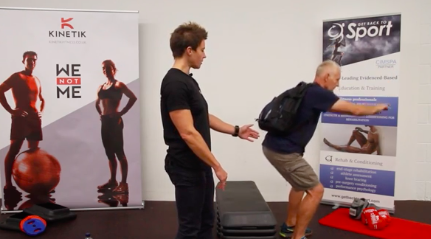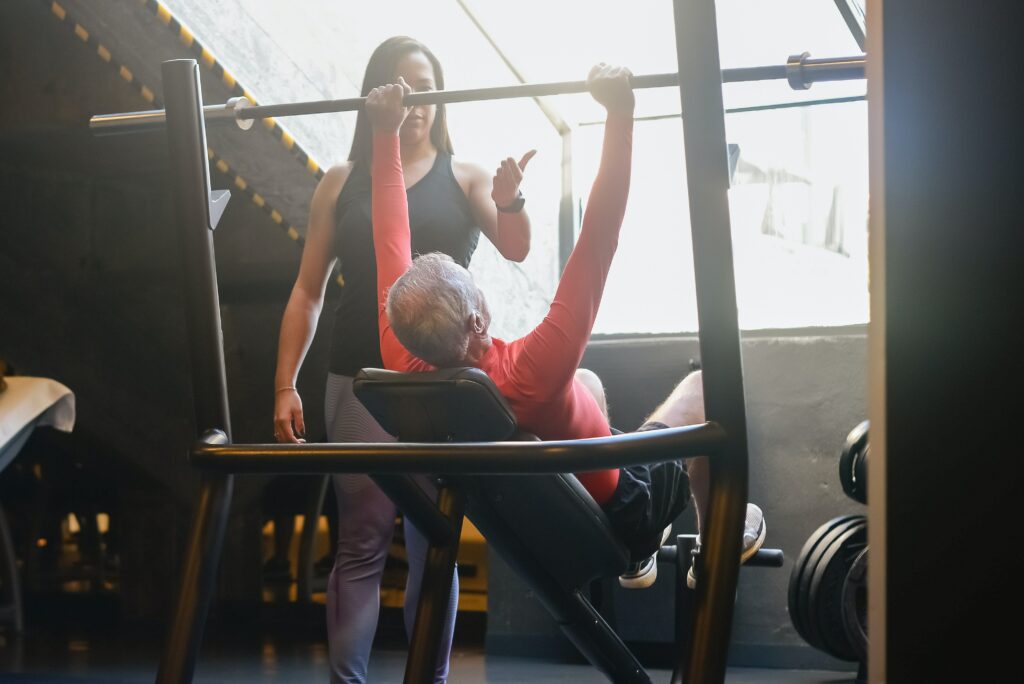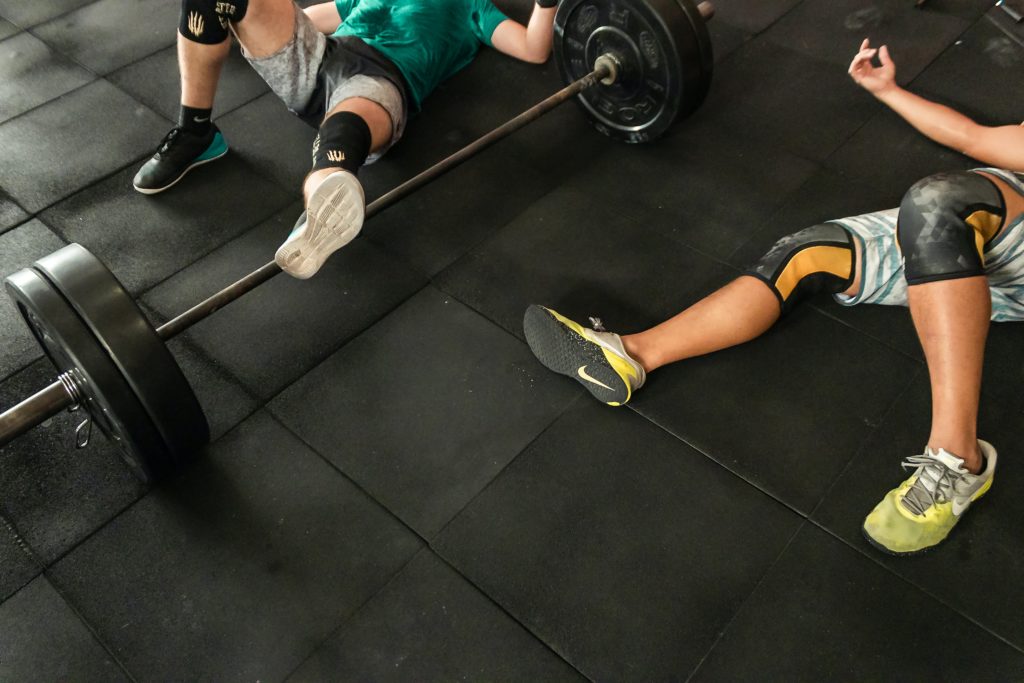Hey everyone. I hope you’re well and have enjoyed a productive couple of weeks. Today we’re addressing some of the most common FAQs on strength and conditioning. As you may have noticed, it’s been a couple of weeks since I posted. I’ve been really busy, like really busy launching my online Strength & Conditioning course for Therapists. Maybe you watched one of the 4 webinars? I had the pleasure of presenting to hundreds of people from across the globe, a truly humbling experience. Perhaps you’ve even signed-up to the course? (welcome!). I’m delighted to report that as I type this nearly 100 people from 8 countries have registered. I can’t wait to get started. Don’t forget enrolment closes tomorrow 25th October, so be quick if you don’t want to miss out.
Anyways, hello again :-), great to be back with you.
So, today’s post: FAQs on strength and conditioning is shaped by my experiences of presenting the webinars and of launching the course. What I mean is that I received lots of new questions directly from you as therapists about S&C, some of which came up time and time again.
Therefore, today I’m going to answer a few key and common questions on S&C.
FAQs on Strength and Conditioning: Common Asks:
- Is it possible to strength train at home or in clinic without gym equipment?
- Is it safe to load up older people?
- Are heavy loads appropriate for endurance athletes?
- Muscle size is correlated with strength, what’s the rationale for focussing on strength vs hypertrophy first?
1. Can you Strength Train at Home?
I’m actually asked this question a lot, and it’s easy to see why. From a therapists’ perspective there are many things to consider – logistics and finances to start with – when thinking about the possibility of filling your clinic space with gym equipment. From a patient perspective, gyms can be intimidating places, and those new to exercise often have a lot of fear and reluctance to signing up.
So, how can we strength train without dumbbells and weights? Well, it firstly depends on the baseline capacity of the patient/person, then it requires a bit of creative thought.
Think about daily activities and then consider can you load them. For the lower limb, activities could include sit-to-stand, step ups, step downs etc. Loading these activities could simply be achieved by wearing a weighted backpack using bottles of water, books etc. The key limitation here is whether or not you can safely achieve sufficient load to promote strength adaptation. Remember, we need very heavy loads such that the person is only able to successfully (and safely) complete around 5 reps. So this approach might work for very deconditioned individuals and, or smaller muscle groups, however, there will come a time whereby more resistance is needed to keep making progress, and I’m afraid this would require standardised equipment to make it safe.
I filmed a few videos for OAKneePain.co.uk on exercise adaptation for strength. Click the picture below to see them. I don’t think the ‘Shopping Bag Deadlift’ has been uploaded yet, but that’s another good one.
2. Is is Safe to Load Up Older People?
Old people are frail right? Well, that’s a commonly-held belief and one that sways people from loading for strength to prescribing low grade functional activities for older populations. It’s a shame, because strength is so important for quality and quantity of life. That’s not just my opinion either, we have robust peer-reviewed evidence. This is something that I talk about too in my Online Course.
Therefore, and, particularly taking into account sarcopenic changes post 50, it arguably becomes more important to load older people to develop and maintain muscle strength!
We lose between 1-3% of muscle mass, strength and quality after the age of about 50
Clearly, as with all resistance training interventions, we need to be sure that it’s clinically safe and appropriate for the patient to engage and that the exercises and dose are presented in a progressive way. However, if we do this, significant gains can be made in strength, muscle volume, quality of life, pain etc. It’s beyond the scope of this post to go into lots of detail – I’ll save that for a future post – however, high load training (>80 – 90% 1RM) is possible and safe in older populations (Beneka et al 2005; Fatouros et al, 2006; Gezginaslan et al. 2018 …)
Maybe one of the additional considerations to have with older adults is the need to adapt resistance exercise for limited range of movement or OA-related discomfort. This is something we cover extensively in the course, but there are a range of methods you can use to successfully do this whilst still maintaining the specificity of the exercise – i.e. not manipulating the load.
3. Are heavy loads appropriate for endurance athletes?

So, whilst the rehabilitation and endurance coaching professions are starting to understand the evidence, there is still a belief among some that strength training – using high loads with few reps – is detrimental to endurance performance. The believed detrimental effects range from making athletes big and cumbersome to being inflexible and slow. This, however, simply isn’t true.
Strength training is important for a couple of reasons:
- Muscle strength is likely very important for dynamic joint stabilisation and injury avoidance
- Strength training can improve running economy
Within a conceptual framework for dynamic joint stability, the responses of the joint musculature to perturbations and dynamic forces is super important to shield tissue from loads that exceed their tolerance. Not only does this muscle response need to be quick, it needs to be forceful – i.e. strong enough!
There’s also a growing body of literature that demonstrates that strength training not only isn’t bad for endurance, it can actually enhance running economy. There are now several systematic reviews that have concluded this. Whilst the performance enhancement might not occur in each and every study reviewed, many conclude that this might be down to the methodology of the study rather than the absence of a physiologic effect.
So in summary, yes, strength training not only isn’t detrimental to endurance performance, it will likely provide benefits to dynamic joint stability and running economy.
4. Muscle size is correlated with strength, what’s the rationale for focussing on strength vs. hypertrophy first?
Absolutely right. Muscle cross sectional area does indeed correlate with strength, so why not work on this as a priority in rehab?
I don’t disagree that hypertrophy is important, but within rehab settings we often have a limited time with patients, and when we consider the time-course of physiologic adaptation, morphological changes happen later than strength gains. So, for example, where you might expect to see a strength change in the lower limb musculature in 4-weeks, it might take 12-weeks to see a change in CSA (e.g. Kubo et al. 2010).
Furthermore, we’re seeing more research that shows that muscle strength (or lack thereof) is independently associated with pain in OA and all-cause mortality. And this strength of association is much greater than muscle size. That is to say muscle strength is more important than size in mediating pain sensation and mortality risk.
If you have the luxury of being able to plan a periodised rehabilitation programme with your patients, then of course it makes sense to incorporate a block of hypertrophy-focussed training. But if time is the essence, or if large strength gains are needed, for me it makes sense to focus on eliciting the neurohphysiologic changes that drive strength adaptation first.
So there you have it. A quick fire set of answers to some common S&C questions. Each one of these deserves a more detailed evaluation that dives into the literature a bit more, and I shall be adding this to the list of topics for the autumn series of posts.
I hope you have a great day and I’ll look forward to seeing you next week. In the meantime…
DON’T FORGET Enrolment for Strength & Conditioning For Therapists closes tomorrow: 11:59pm (CEST) on 25th October!


